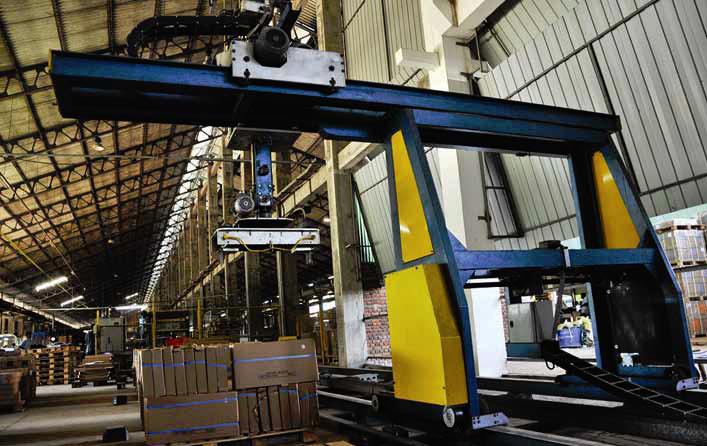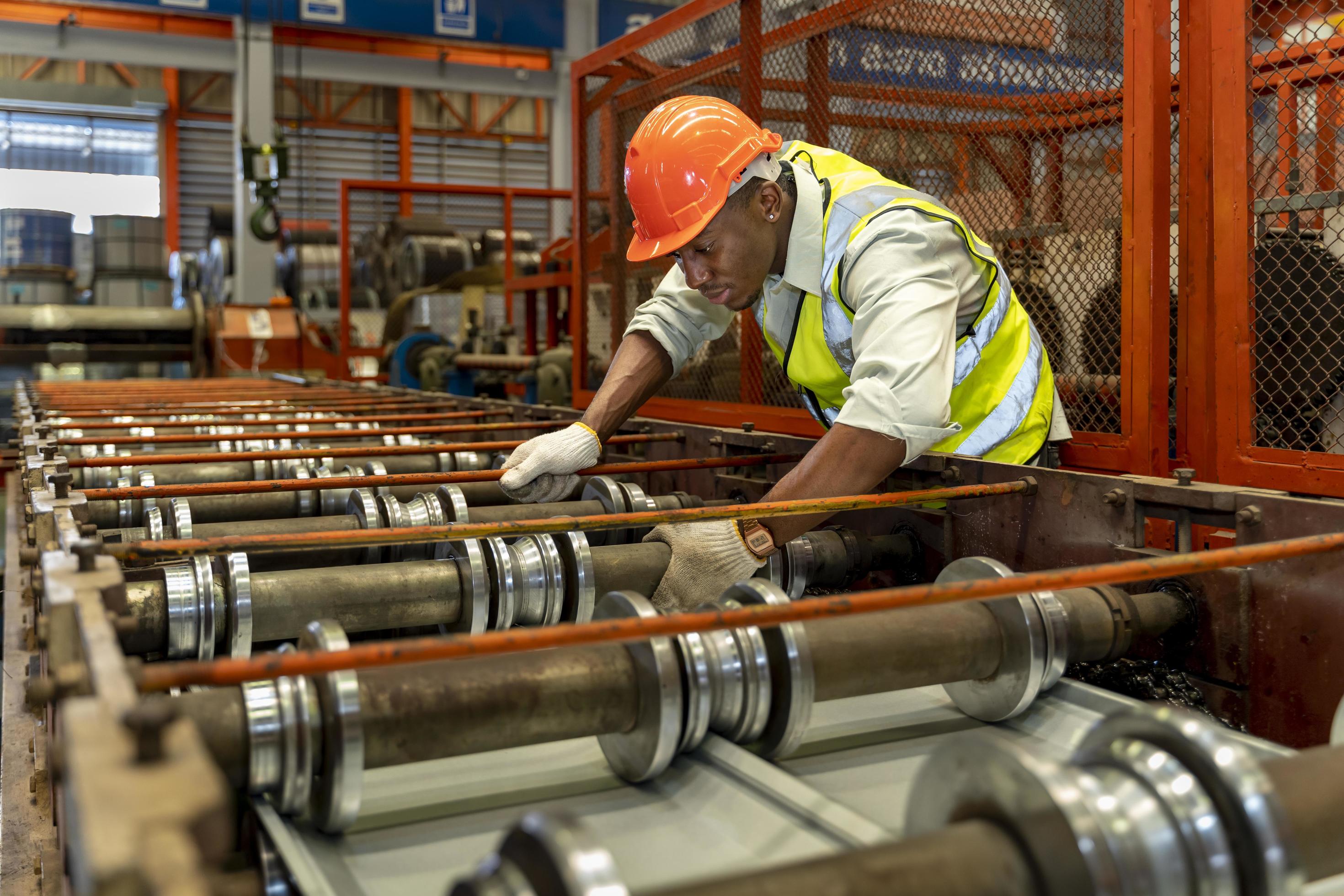
For almost four decades Lanka Walltiles has remained a leading figure in the Sri Lankan ceramic tile market. Managing director Mahendra Jayasekera explains how unwavering quality and the embracing of new technologies have made this so.
Whether they are used on walls or floors, to line showers or bathtubs, create countertops or to make decorative accents inside or outside homes, ceramic tiles are today a fixture of buildings the world over. Made from a mixture of clay, sand and other natural materials that are pressed into shape before being fired at high temperatures, ceramic tiles possess a host of beneficial properties, from their durability to the ease in which they can be cleaned, that have turned their manufacture and sale into a multi-million dollar global industry.
Incorporated in 1975 as an export oriented joint venture with Japanese collaboration, Lanka Walltiles is the premier ceramic tile manufacturer in Sri Lanka. Commencing commercial production from its factory in Balangoda in May 1977, the company executed its first export order in July of that same year, and by 1978, 92 percent of its total output was exported.
In 1984, a subsidiary company was incorporated under the name, Lanka Floortiles. From its factory in Jalthara, Ranala, this subsidiary continues to manufacture glazed ceramic floor tiles to this day. A second factory to manufacture glazed ceramic wall tiles was set up in Meepe, Padukka in 1994. “Over the years,” explains managing director Mahendra Jayasekera, “the two companies have expanded their respective production capacities, while also investing in other business ventures. Today, the two have controlling interests in Ceytea Plantation Management, Swisstek (Ceylon) and Swisstek Aluminium Limited.”
At current levels Lanka Walltiles and Lanka Floortiles have the capacity to produce 7500 square metres of wall tiles and 11,800 square metres of floor tiles per day. “In recent times,” Jayasekera continues, “we have invested considerable capital in building up our capacity and upgrading the technology in our factories, always keeping abreast of developments within the industry.”
The company’s products are of the highest quality and compare with the very best tiles found elsewhere in the world’s leading markets. This attention to quality sees its products being exported to all four corners of the world. “Particularly strong markets of growth for us,” Jayasekera says, “include Australia, Canada, Pakistan, Oman and the Maldives. Other export markets we serve include Japan, Singapore, the Netherlands, New Zealand and Sweden. In more recent times we have also successfully re-entered the US market as part of our plans to expand our export operations further.”
For more than 35 years, Lanka Walltiles has been a major force within the ceramic tiles sector and it has remained as such by playing to its core strengths. The company’s highly skilled technical staff are supported by the very best production equipment and new technologies. “In possessing a high level of quality consciousness that ensures its products conform to the most stringent of international standards,” Jayasekera enthuses, “the company has built up a loyal and longstanding customer base in both local and international markets. In the local market our presence over nearly four decades has also allowed us to establish a strong distribution and dealer network, a chain of franchise showrooms and of course company owned showrooms, making us highly visible throughout the country.”
These strengths have seen the company’s products used in a number of high-profile projects. Hotels feature prominently amongst these projects, with Lanka Walltiles and Lanka Floortiles products found within the Chaaya Bey Hotel in Beruwala, the Anilana Hotel in Pasekudah, the Kukuleganga LAYA Leisure Hotel, the Club House Hotel in Uswetakeiyawa and within Jetwing Hotels’ Yala Properties.
It is not only in hotels where one will find said tiles. They have also been put to use within the Uma Oya Multipurpose development project, the Sir John Kotelawala Defense University Medical Faculty, the Ratnapura General Hospital and the Api Venuwen Api Housing Projects.
While understandably proud of its accomplishments, the company has its focus set firmly on the future and how it can expand and grow further. “In May 2011,” Jayasekera says, “we commissioned our newest plant in Meepe. The month after this, commercial production began and this took production capacity up by 67 percent. We followed this up in January 2012 with a further 40 percent increase in production capacity at our floor tiles factory and this has now given us the ability to produce glazed porcelain tiles in sizes of 300 by 600 millimeters and 500 by 500 millimeters. Such abilities allow us to cater to new segments in the market and thus increase cash flows.”
Jayasekera further states, “another new investment has been made that enables us to produce special trim tiles to complement our wall tiles, something that is essential to our success in the US market. At present we produce bull nose tiles, quarter rounds and chair rail moldings, and we plan to increase our range of trims and moldings in due course.”
New investments have continued to be made over the course of the last 12 months, the most exciting of which being the digital printing machines that have been installed at both tile factories. “The process,” Jayasekera states, “operates through two state-of-the-art Italian machines from SITI B&T (Keramagic) and TECHNOFERRARI. What we have found is that the use of digital tile decoration dramatically shortens the path from idea to finished product, while also bringing numerous other advantages to the process by being the most efficient and sophisticated tile decoration system on the market.”
Quick processing times allow the production of premium replicas of natural designs and textures, including stone, marble and wood. Furthermore, this cutting-edge equipment has the capacity to decorate relief surface, where a design can be printed on any surface of tile, regardless of shape, depth or contour.
“This technology,” Jayasekera goes on to highlight, “guarantees a seamless design that covers the entire tile, giving it optimum aesthetic appeal and consistency in color intensity, with the capability of high-definition printing of up to 12 colors at 1000 DPI (dots per inch). Digital tile decoration also opens the prospect of producing a scenario where, much like with fingerprints, no two tiles need be the same.”
Written by Will Daynes, research by Abi Abagun
DOWNLOAD
 Lanka-Asia.Manu-Jan13-Bro-s.pdf
Lanka-Asia.Manu-Jan13-Bro-s.pdf












